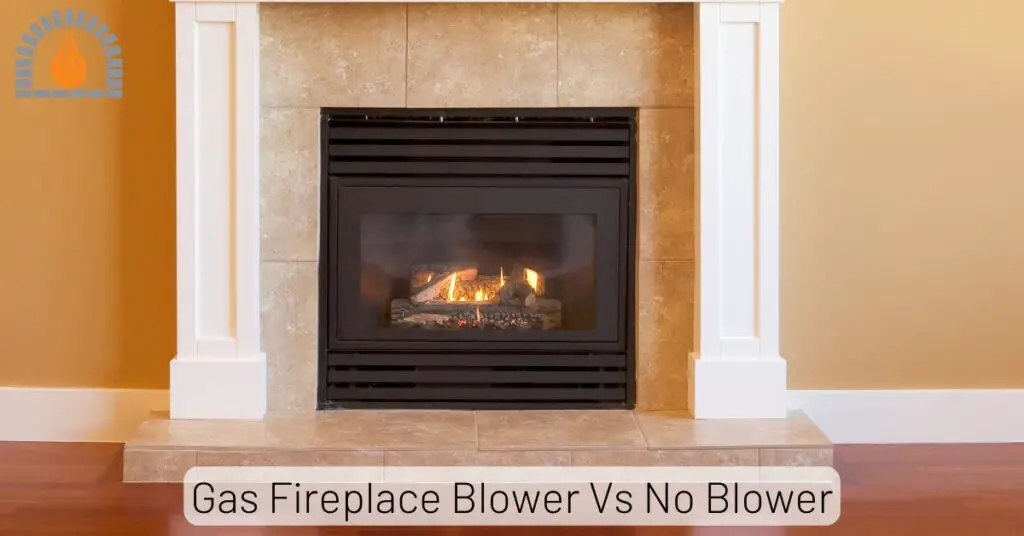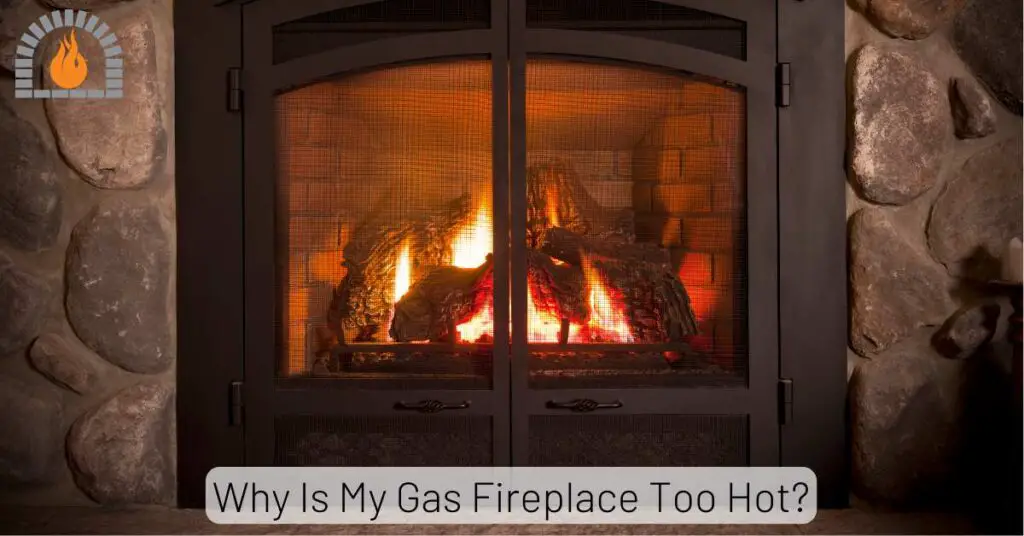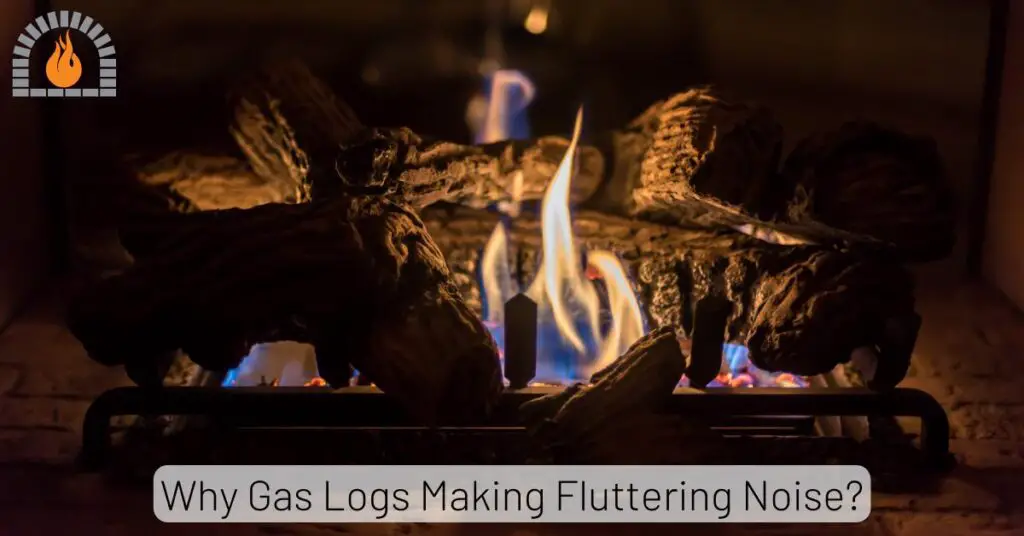There’s nothing quite as cozy and comforting as the warm glow of a gas fireplace on a chilly evening. However, that cozy ambiance can sometimes be disrupted when the pilot light refuses to ignite or stay lit.
Dealing with a stubborn pilot light can be frustrating, especially when looking forward to unwinding in front of the fire. Fortunately, troubleshooting the issue doesn’t have to be a daunting task.
Understanding Gas Fireplace Pilot Lights
Gas fireplace pilot lights serve as the ignition source for your fireplace, ensuring smooth and consistent operation. To troubleshoot pilot light issues effectively, it’s crucial to understand the key components and the importance of proper functioning.
Key Components of a Gas Fireplace Pilot Light
When activated, the pilot light consists of a small, continuously burning flame that ignites the main burner. It is typically located near the bottom of the fireplace and is sustained by a steady gas flow.
Importance of Proper Pilot Light Functioning
A properly functioning pilot light is essential for efficiently operating your gas fireplace. It ignites the main burner and serves as a safety mechanism, ensuring that gas is only released when needed.
Any issues with the pilot light can lead to ignition problems and compromise the safety and performance of your fireplace.
Common Issues with Pilot Lights
Several common issues can arise with gas fireplace pilot lights, causing frustration and inconvenience for homeowners.
- Pilot Light Won’t Stay Lit:
- One of the most common issues is a pilot light that won’t stay lit after ignition. This can be due to various factors, including a dirty pilot assembly, a faulty thermocouple, or a disrupted gas supply.
- Weak Pilot Flame:
- A weak or flickering pilot flame can indicate inadequate gas flow or obstruction in the pilot assembly. This can prevent proper ignition of the main burner and result in a lack of heat output.
- Intermittent Pilot Light Ignition:
- Intermittent ignition problems occur when the pilot light fails to ignite consistently. A malfunctioning ignition system, dirty components, or improper ventilation can cause this.
Related Post: Is It Dangerous If The Pilot Light Goes Out?
Troubleshooting Tips
Now, let’s explore seven effective troubleshooting tips to help you resolve issues with lighting your gas fireplace pilot light.
Check Gas Supply:
Start by ensuring that the gas supply to the fireplace is turned on and that there are no leaks or interruptions in the gas line. If you suspect a gas leak, contact a professional immediately.
Clean Pilot Orifice:
A dirty or clogged pilot orifice can obstruct gas flow to the pilot light, causing ignition problems. Use a small brush or compressed air to clean the orifice and remove debris.
Adjust Pilot Light Flame:
Adjust the pilot light valve to increase the gas flow slightly if the pilot flame appears weak or inconsistent. Be careful not to set the flame too high, leading to overheating and safety hazards.
Inspect Thermocouple:
The thermocouple is a safety device that detects the presence of a pilot flame. If the thermocouple is faulty or positioned incorrectly, it may prevent the pilot light from staying lit.
Inspect the thermocouple for signs of damage or misalignment and replace if necessary.
Ensure Proper Ventilation:
Poor ventilation can disrupt the combustion process and affect the performance of the pilot light. Ensure that the fireplace vents are clear of debris and obstruction to allow proper airflow.
Verify Ignition System:
Check the ignition system for any signs of wear or damage, such as corroded electrodes or faulty wiring. Clean or replace any damaged components to restore proper ignition functionality.
Professional Inspection and Maintenance:
If you cannot resolve the pilot light issues on your own, it’s recommended that you seek professional assistance.
A certified technician can thoroughly inspect your fireplace and conduct any necessary repairs or maintenance to ensure optimal performance.
Related Post: Is it Safe to Leave the Gas Fireplace Pilot On?
FAQs
How often should I clean my gas fireplace pilot light?
Regular maintenance is key to ensuring the optimal performance of your gas fireplace pilot light. It’s recommended to clean the pilot assembly and inspect the components at least once a year, preferably before the start of the heating season.
Can I relight the pilot light myself?
Yes, relighting the pilot light is a simple process that can typically be done by following the manufacturer’s instructions. However, if you encounter any difficulties or the pilot light won’t stay lit, it’s best to contact a professional for assistance.
Why does my pilot light keep going out?
Several factors can cause the pilot light to extinguish, including a dirty pilot assembly, a faulty thermocouple, or improper ventilation. Identifying and addressing the underlying issue is essential to prevent recurring problems.
Is it normal for the pilot light flame to be blue?
A blue flame indicates that the pilot light is burning efficiently and cleanly. If the flame appears yellow or orange, it may indicate incomplete combustion and the need for adjustments or cleaning.
Can I use compressed air to clean the pilot orifice?
Yes, compressed air can remove debris and dirt from the pilot orifice. However, exercise caution and ensure that the gas supply is turned off before attempting any cleaning or maintenance.
What should I do if I smell gas near my fireplace?
If you detect gas odor near your fireplace, immediately evacuate and contact your gas provider or emergency services. Gas leaks can be hazardous and require prompt attention from trained professionals.
Affiliate Disclosure: Fireplaceadviser.com is a participant in the Amazon Services LLC Associates Program. We may earn a commission when you click on certain links on this site and purchase.

Hello!! I am Jamal Khan. I often fix my home electric heaters and gas stove problems and research the common issues in the heating units to improve my knowledge and expertise. The aim of establishing fireplaceadviser.com is to share my expertise and knowledge with my audience.











